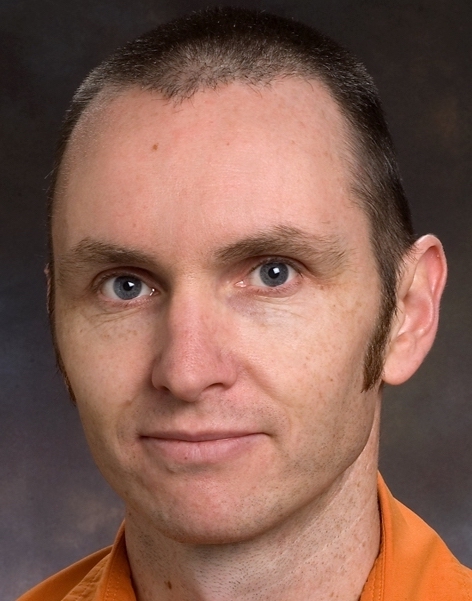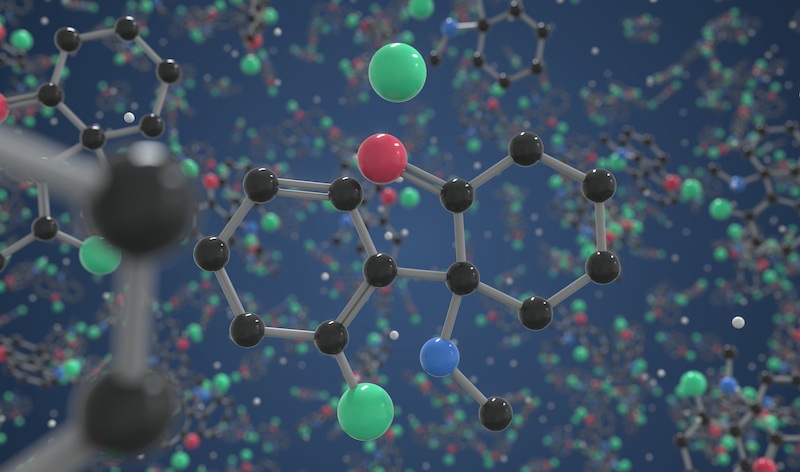Plus: Opioid misuse remains stubbornly higher among non-heterosexuals, and more research on the curative effects of meditation
By William Wagner
From xylazine to P2P meth, the landscape seems increasingly dotted with powerful drugs that are being used for recreational purposes. Now researchers from Australian National University have identified a new one: CanKet.
Also this week, we look at the prevalence of opioid misuse among non-heterosexuals and a new study that further illustrates the power of mindful meditation in helping people overcome addiction.
From Australian National University:
What Is CanKet?
Researchers from Australian National University (ANU) working at Australia’s first fixed pill testing site, located in Canberra, have discovered a new illicit drug that’s been in circulation. They’ve dubbed it CanKet.

“Someone presented a small plastic bag of crystals and powder to the testing service,” ANU professor Malcolm McLeod, DPhil, said in a news release. “They told us that they thought it was ketamine but that the effects of the drug were very different to what they expected, so they wanted us to test it. But when we tested the substance, it was clear it wasn’t ketamine, but rather a ketamine-like substance. That’s why we have called it CanKet—as in Canberra ketamine.”
The ANU scientists surmise that side effects of CanKet include nightmares, hallucinations, high blood pressure, confusion and dissociation (essentially an out-of-body experience). Beyond that, they don’t yet have all—or even many—of the answers surrounding the drug.
“Ketamine is a potent drug, used regularly and safely as a ‘dissociative’ sedative in the management of acute medical and veterinary conditions,” said David Caldicott, MBBS, an associate professor at ANU. “Traditionally, much of the ketamine that we have found in the illicit market has been diverted from these sources. This [CanKet] is something quite new, which has never been reported, anywhere, by a drug-checking service. While it would be fair to say we understand ketamine very well as a drug, we literally have no other data as to what the acute or chronic effects of this close cousin might be. And that is disconcerting.”
Could CanKet wash up onto U.S. shores? If history is any indication, it’s less a matter of if than when.
From the American Society of Anesthesiologists:
Opioid Use Among Non-Heterosexuals
First the good news: Overall opioid misuse in the U.S. is trending downward, despite a rise in overdoses. Now the bad news: It remains stubbornly higher for non-heterosexuals. Those conclusions come courtesy of researchers who recently presented their data at Anesthesiology 2022, the annual meeting of the American Society of Anesthesiologists, in New Orleans.
“This is the first analysis to look at the status of opioid abuse during COVID-19 in this [non-heterosexual] population,” Mario Moric, MS, lead author of the research and a biostatistician at Rush University Medical Center in Chicago, said in a statement. “We thought the pandemic would prompt a spike in opioid abuse, but we are happy that this was not the case. However, the higher level of abuse among sexual minorities compared to heterosexuals is a concern. It underscores the need to focus on the risk factors and formulate strategies to reduce opioid abuse in this vulnerable population.”
“Clinicians need to be aware of the higher likelihood of recreational use of opioids among sexual minorities compared to non-LGBTQ populations.”
—Mario Moric, Rush University Medical Center in Chicago
Using surveys of 89,000 people from the National Survey on Drug Use and Health, the researchers found the following: In 2020 opioid misuse stood at 3.2% for heterosexuals, 4.6% for homosexuals and 7.6% for bisexuals. The researchers estimate that overall opioid misuse among adults (18 and older) dropped from 8.1 million in 2019 to 7.1 million in 2020, but they believe more needs to be done to help the non-heterosexual population. Said Moric, “Clinicians need to be aware of the higher likelihood of recreational use of opioids among sexual minorities compared to non-LGBTQ populations. With greater awareness of these disparities, we can foster a more compassionate understanding of these patients and provide the most appropriate care and education to address the issue and reduce the stigma.”
From Science Advances:
The Potential of Mindfulness Training
If you think using mindfulness to treat opioid addiction is a bunch of new age twaddle, read a study from the University of Utah. The research indicates that meditation can alter consciousness in a way that mitigates addictive behaviors. Specifically, says the Utah team, meditation elevates theta waves in the brain, which translates to increased self-control.

“With high theta activity, your mind becomes very quiet. You focus less on yourself and become so deeply absorbed in what you are doing that the boundary between yourself and the thing you are focusing on starts to fade away,” said Eric Garland, PhD, lead author of the paper. “You lose yourself in what you are doing.”
Garland and his colleagues recruited 165 adults who had a long history of opioid use. Over eight weeks, the recruits had their brain waves measured with electroencephalogram (EEG) scans while they practiced mindful meditation, specifically evidence-based mindfulness-oriented recovery enhancement (MORE). The authors write, “By 9-month follow-up, the mean opioid misuse score in participants treated with MORE decreased to levels beneath those pathognomonic for opioid use disorder, whereas participants in the SG [the control group that did not practice MORE] continued to exhibit opioid misuse scores at levels consistent with opioid use disorder.”
Top image: Shutterstock; bottom photo: Prateek Jaiswal














